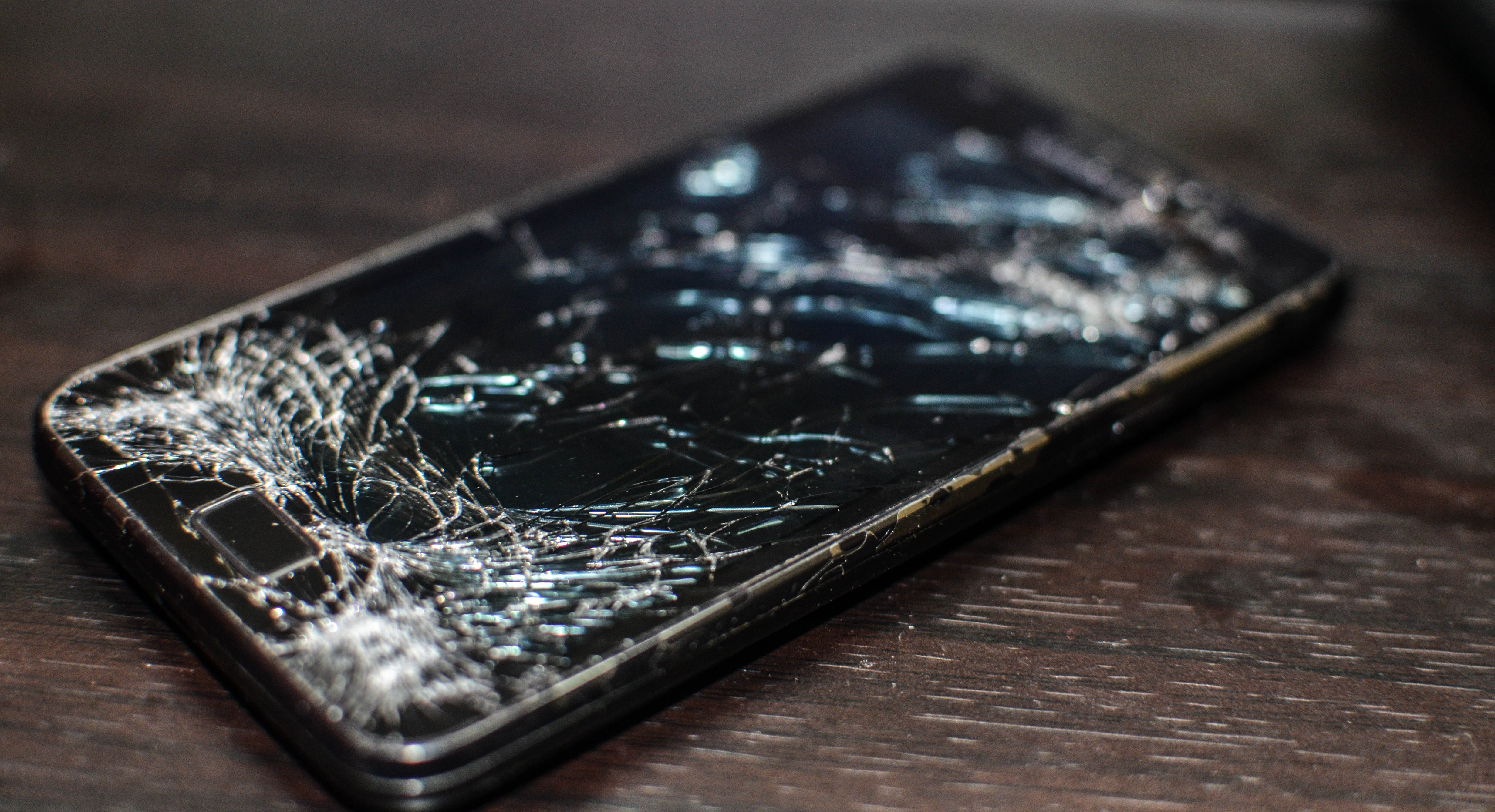
Sciences & Technology
From laundry to weapon disposal: The role of enzyme mimics

A new 3D printed gel that can heal like living tissue, and change form in response to environments, has myriad applications from fixing cracked phone screens to adaptive camouflage
Published 13 July 2017
Cracking your phone or tablet screen is one of modern life’s big frustrations, as well as a potentially costly one.
That awful crunch as your phone hits the footpath or your iPad crashes onto the kitchen tiles is enough to send chills down the spine of every self-respecting technology lover.
But expensive screen repairs could one day be a thing of the past thanks to University of Melbourne researchers who are developing a unique self-healing gel that could potentially be used to prevent screens from cracking, or ‘heal’ themselves if they do.

It sounds too good to be true, but the chemical engineering experts have already used 3D printing to develop the self-healing gel that regenerates after being cut – just like living tissue.
If successfully developed, the polymer-based substance could have endless applications, from protecting mobile device screens to ‘healing’ interior and exterior car scratches.
Melbourne School of Engineering researcher Dr Luke Connal says 3D printers can potentially revolutionise manufacturing, but until now suitable printing materials have been limited. To help rectify this, his team has developed a polymer-based ‘ink’ that can self-heal. It adds the fourth dimension – time – to 3D printing, in that the material can change shape over time.

Sciences & Technology
From laundry to weapon disposal: The role of enzyme mimics
The gel-like ink starts off similar in texture to toothpaste. When you apply pressure it can flow, becoming stable again when the pressure is removed.
“After printing, these objects can heal a crack or even a cut and regain their original strength,” Dr Connal explains.
“This could enable custom printing of coatings that can heal after breakages, potentially as coatings for mobile phones.
“The materials we developed can also change shape when triggered by being swollen in a solvent, such as water. This enables printed objects to change shape once printed, which is known as 4D printing.”
Led by PhD student Milena Nadgorny, Dr Connal’s team, which included Dr Zeyun Xiao, has had a paper published in The Royal Society of Chemistry’s Molecular Systems Design & Engineering journal.
“Self-healing materials are capable of recovering from damages and restoring their functionality, just like the natural ability of living creatures to repair their tissues,” their report explained. “This unique property offers the ability to extend the lifetime of products, which is usually limited by mechanical failures.”
The healing process is based on dynamic covalent chemistry. “This means we can form, break and reform chemical bonds,” Dr Connal explains. “When we can do this in a controlled and triggered manner we can manipulate the properties of the printed objects.”

Dr Connal says the gels are made from a polymer known as poly(hydroxyl ethyl methacrylate), which is the base polymer for many types of contact lenses.
“We have instilled chemistry which is dynamic into this polymer. This means it strengthens the gel, but on a stimulus (for example a change in acidity) we can weaken the gel. And we reverse this – enabling healing of cracks in the material,” he says.
The goal is to develop selective coatings for high-end products that are subject to stress, such as mobile phones, hand held devices and car surfaces that can self-heal when cut.
These self-healing ‘smart’ objects could also change their shape upon sensing their chemical environment, enabling the fourth dimension, time, to also influence them.

Sciences & Technology
Designing the materials of the future
Ultimately, Dr Connal says a mobile phone screen could be made of the special gel. If it cracked, slight heating or exposure to humidity would activate the self-healing properties.
“We have some challenges first, especially in the active area of the phone as we need to integrate it with touch screen capability,” he says. “But phone covers could be more feasible in the near future.”
The next step is investigating how to increase the materials’ strength and flexibility and even ability to change colour. That opens up the possibility of developing chameleon-like technology such as for camouflage.
“We are working on this to develop adaptive camouflage materials,” Dr Connal says. “We aim to have a 3D printable ink that can be printed by soldiers in remote locations that can change colour so they can blend into their environments.
“The 3D printing capability means the soldiers could travel with significantly less materials and only print what is required for the specific location.”
Another idea is to create materials that will enable submarine officers to use a 3D printer to create spare parts as needed, eliminating the need to store dozens of parts on board. The possibilities are endless.
“There is so much potential to develop new materials for 3D printing. It is a really exciting and rapidly developing area,” Dr Connal says.
Banner image: Wikimedia